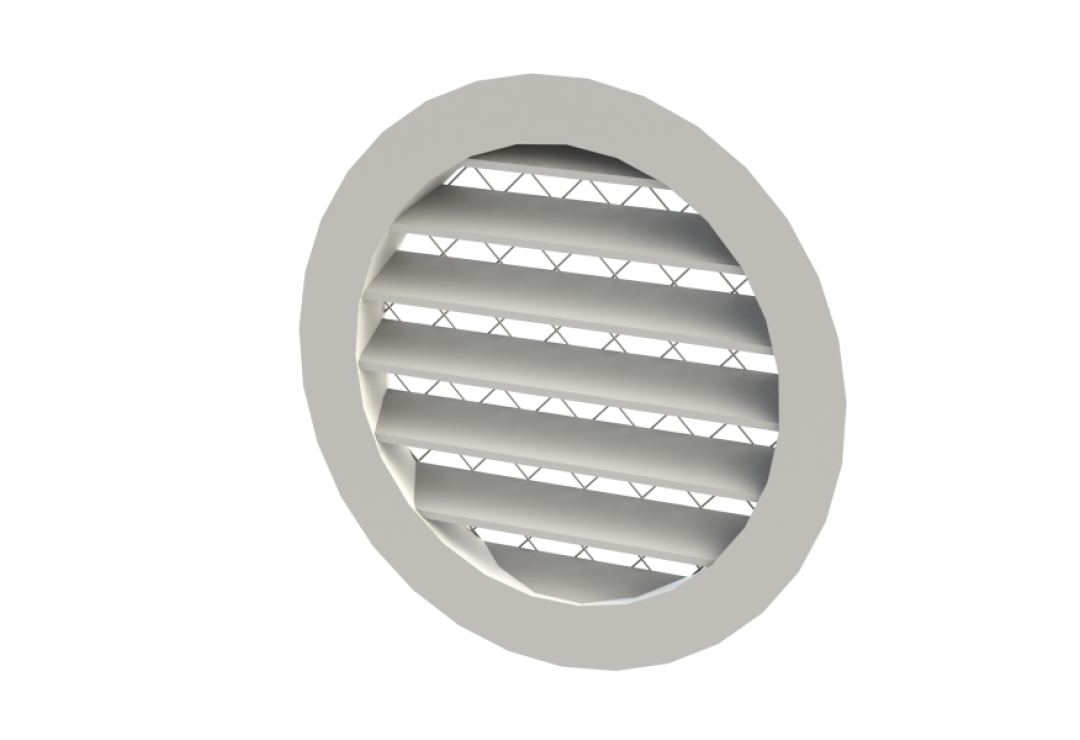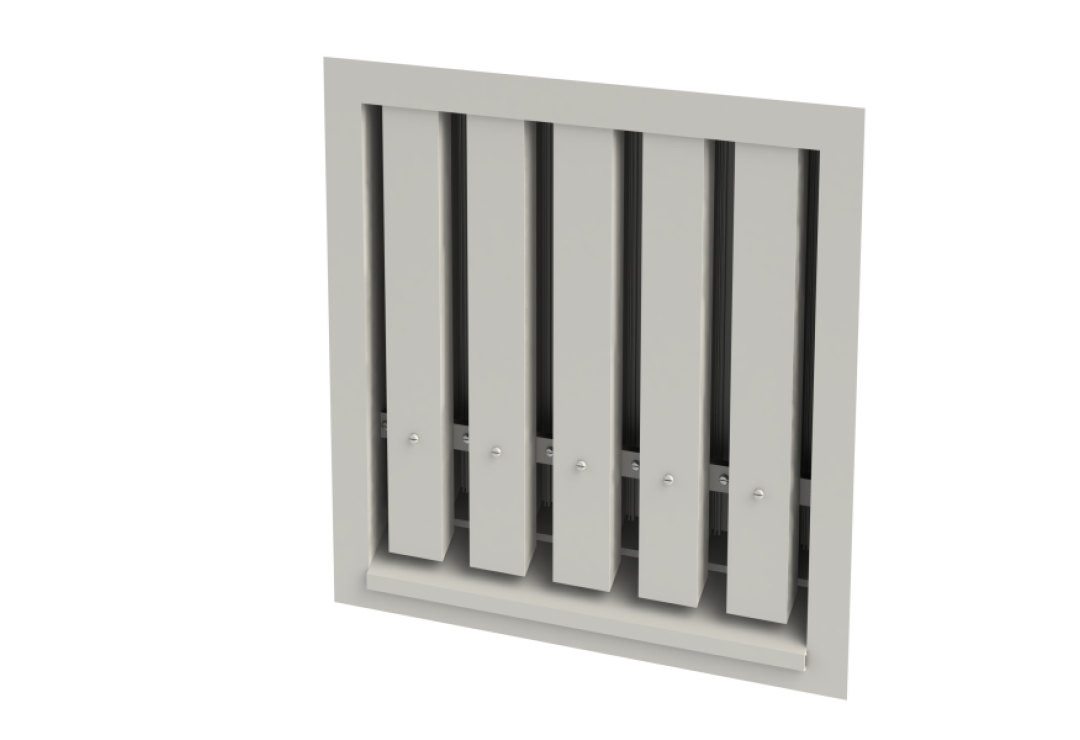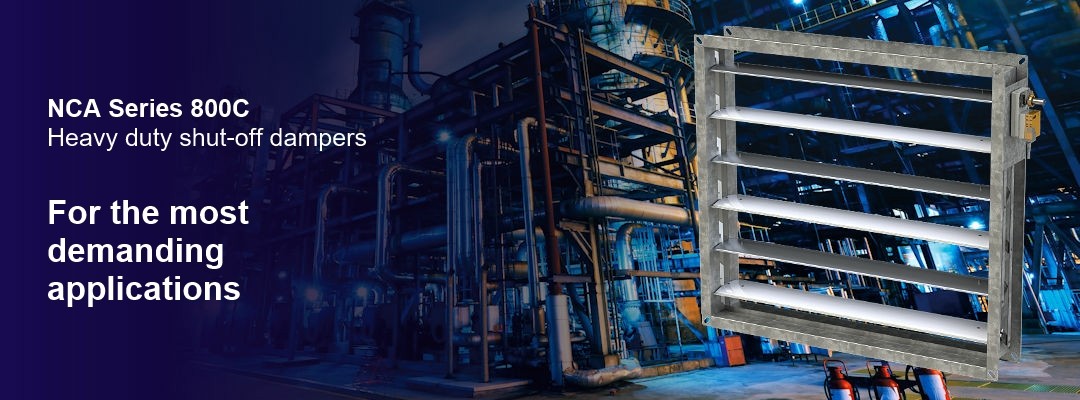What is BS EN 13030:2001?
EN 13030 is a harmonised European standard which specifies a method for measuring the performance of louvres subject to simulated rain and wind pressures, both with and without air flow through the louvre under test. It provides a common basis on which to compare the performance of weather louvres of different designs, through the use of two defined performance criteria.
Manufacturers wishing to test louvres against this standard typically supply a 1m x 1m sample for evaluation to a suitable test house, for example BSRIA, based in Bracknell, Berkshire.
Contact Us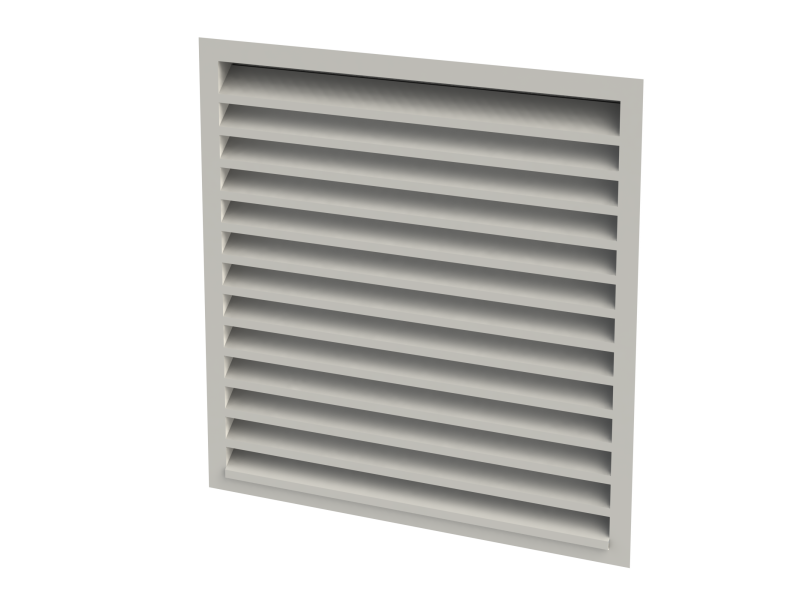
What performance criteria are louvres evaluated against?
EN 13030 states sample louvres should be evaluated for performance in terms of:
Resistance to ingress of simulated rain
How effective is a louvre at removing simulated rain (75 l/h) from an airstream when subjected to a constant wind speed (generally 13 m/s) and various air flow rates (0 m/s to 3.5 m/s in 0.5 m/s increments).
Class A – Excellent (99% effective and above)
Class B – Good (between 95% and 98.9% effective)
Class C – Fair (between 80% and 94.9% effective)
Class D – Poor (less than 80% effective)
Coefficient of entry/discharge
How much resistance does a louvre present to airflow?
Class 1 – Excellent (Ce/Cd of between 0.4 and 1.0)
Class 2 – Good (Ce/Cd of between 0.3 and 0.399)
Class 3 – Fair (Ce/Cd of between 0.2 and 0.299)
Class 4 – Poor (Ce of 0.199 and below)
What does it mean to have a louvre tested against EN 13030?
The testing of a louvre against EN 13030 is not in itself a guarantee of performance, rather the louvre is graded against the two above performance criteria.
It is therefore important to understand the performance requirements of any application to ensure appropriate louvre selection.
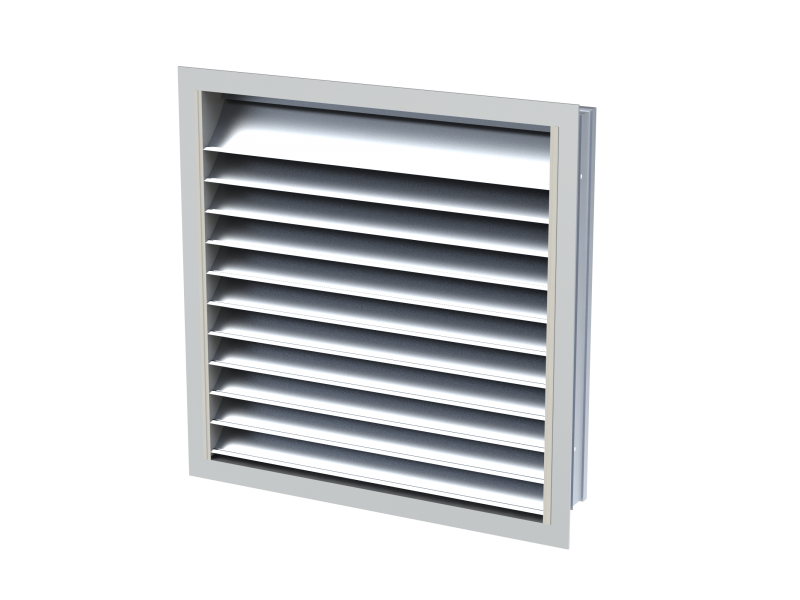
-
Contact HVC today for more information
At HVC Supplies, we offer one of the widest ranges of louvre systems available from any UK manufacturer, with our range being constantly expanded to suit new industry requirements and customer demands.
Online you will find a full range of louvre systems, from basic single bank weather louvres to Class A-rated high-performance louvres and sand trap louvres. With a dedicated design team working on both new developments and bespoke projects, why not try HVC for your next project?
For further information about our product range, or to find out more about our certifications, please get in touch with us today. Our team of experts will be happy to answer any questions that you may have.

